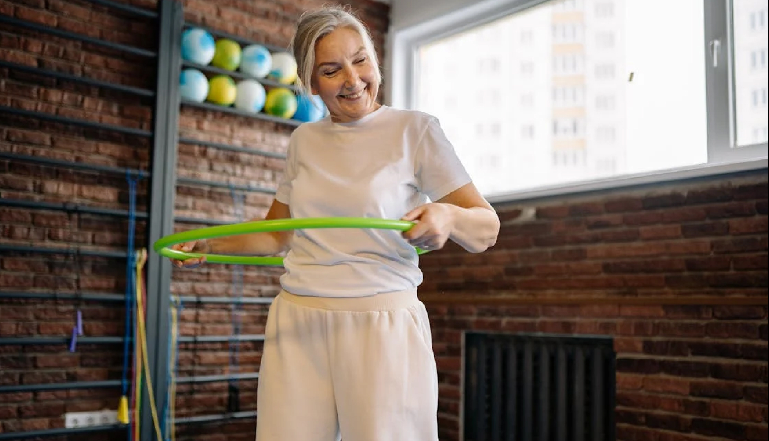
Chronic pain can be a debilitating condition that significantly affects a person’s quality of life. It can manifest in various forms, ranging from persistent backaches to neuropathic pain caused by nerve damage.
Fortunately, advancements in pain management offer a range of treatment options. Targeted nerve block techniques, in particular, are emerging as a powerful tool for providing long-lasting pain relief. Let’s dig deeper.
Understanding Chronic Pain and the Nervous System
Chronic pain is defined as pain that persists beyond the normal healing time of an injury or illness.
It can arise from various underlying conditions, including:
- Musculoskeletal Problems.Back pain, neck pain, and arthritis are common causes of chronic pain.
- Neuropathic Pain.This type of pain results from damage to or dysfunction of the nerves themselves. It can manifest as a burning, stinging, or shooting sensation.
- Migraines and chronic tension headaches can significantly impact daily life.
- Postsurgical Pain.Chronic pain can sometimes develop after surgery.
- Cancer Pain.Chronic pain management is a critical aspect of cancer care.
The nervous system plays a central role in chronic pain. Nerves transmit pain signals from the source of the pain to the brain. In some cases, these signals become abnormal or disrupted, leading to chronic pain even after the initial injury has healed.
How Nerve Blocks Work
Nerve blocks involve injecting a local anesthetic or medication near a specific nerve or group of nerves. This injection disrupts the pain signal transmission and provides temporary relief in the area served by the targeted nerve. The duration of relief varies depending on the type of medication used.
There are two main types of nerve blocks.
- Diagnostic Nerve Blocks:These blocks help pinpoint the exact source of pain. By temporarily blocking a specific nerve and observing the patient’s response, doctors can determine whether that nerve is involved in the pain pathway.
- Therapeutic Nerve Blocks:These blocks aim to provide pain relief. The medication used may be a local anesthetic for short-term pain relief or medication such as corticosteroids for longer-lasting anti-inflammatory effects.
Targeted Nerve Block Techniques
There are numerous targeted nerve block techniques.
Here are some common examples.
- Cervical Medial Branch Blocks:These blocks target nerves that supply pain sensation to the facet joints in the neck.
- Lumbar Medial Branch Blocks:These blocks target nerves supplying pain to the facet joints in the lower back.
- Sacral Nerve Blocks:These blocks target the sacral nerves located in the lower spine.
- Facet Joint Injections:These injections deliver medication directly into the facet joints of the spine.
- Peripheral Nerve Blocks:These blocks target specific peripheral nerves outside the spine.
- Plexus Blocks:These blocks target a network of nerves (plexus) that supply a larger area.
Benefits of Targeted Nerve Blocks

Compared with traditional pain management approaches, targeted nerve blocks offer several advantages.
Nerve blocks are typically performed with a needle and fluoroscopy (X-ray guidance) for precise placement. This helps minimize tissue disruption and discomfort.
By targeting specific nerves, these blocks provide localized pain relief without affecting other areas. Compared with oral pain medications, nerve blocks generally have fewer systemic side effects.
Effective pain control can significantly improve a patient’s ability to participate in daily activities and experience a better quality of life.
Houston Physicians’ Hospital: Your Partner in Chronic Pain Management
At Houston Physicians’ Hospital in Webster, TX, we understand the debilitating impact of chronic pain. Our team of highly skilled and experienced pain management specialists offers a comprehensive approach to pain relief. We utilize the latest advancements in technology and a personalized treatment plan to provide our patients with the most effective pain management solutions. If you suffer from chronic pain, visit our Pain Medicine page to learn more. Then scroll down to find a pain management specialist who’s right for you.
We also provide joint pain treatment, back surgery, general surgery, hip replacement surgery, neck pain treatment, knee surgery, medical imaging, physical therapy, back pain treatments in Webster, TX and more.










